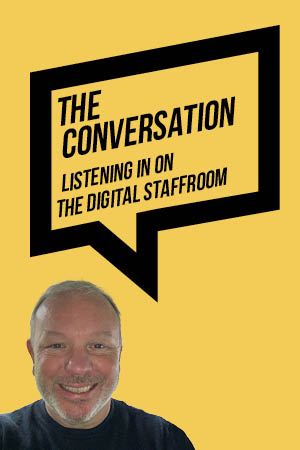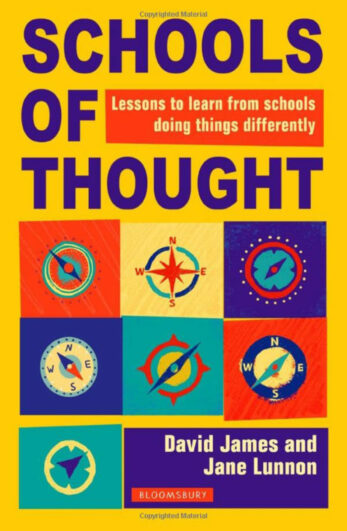Any leader worth their salt spends most of their time seeking to gain insights into the successes and failures of those that have come before them.
Books, speeches, interviews and research data gathered on leadership that achieve sustained results continue to be consumed on a mass scale. At this moment, not much can truly be regarded as new or revolutionary. It’s pretty much the same information packaged into different variations.
Powerhouse is the latest offering in this space and, as expected, there is nothing revolutionary in the concepts that sit beneath the authors’ stance on what high-performance leadership looks like. However, although the topic is unquestionably saturated, what is of note are the choices of organisations and journeys they choose to write about. Powerhouse captures the stories of organisations from across five continents and a range of very different industries, all in a refreshing, relatable and somewhat addictive style.
There is nothing revolutionary in the concepts that sit beneath the authors’ stance on what high-performance leadership looks like
Once I started, I didn’t want to put the book down and, although they acknowledged that “there is no silver bullet” to achieving sustained high performance, they manage to tell the stories in a style that both rejuvenates and reminds you that you need to be intentional about the pursuit of excellence within your organisation. From the incredible achievements of Grameen Bank in Bangladesh, to the beacon that is Southwest Airlines or the impressive New Zealand All Blacks; all the organisations studied shared a similar culture, where they clearly articulated what high performance meant and then supported their people to pursue it daily.
Powerhouse gives readers the option of dipping in and out of chapters, using each one as standalone research to support what might be a personal exploration into a specific sector. Those seeking a more holistic review on the theme of high performance, however, should read it cover to cover.
Essentially the authors’ insights are grouped into “The What” of enduring high performance. Expressed in the form of 12 common attributes (no surprise that a list of numbers appears), these include such things as ambition, purpose, decisions, resilience, team work and improvements. And accompanying this particular list of “Whats”, is “The How”. MacNeice and Bowen capture this within their (now trademarked) Kotinos Powerhouse Performance Model. This list of “4Ps” are areas of focus that all the companies they researched invariably used on their paths to achieving sustained high performance.
Once again, although not ground-breaking in and of itself, each organisation’s focus on these key areas really stands out. Perhaps the most useful part of Powerhouse is that within each case study you are walked through how the model and the 12 attributes applies to that company, and the practical things they did to deliver success. I found myself making notes simply on the types of conversations held and reflecting on the scenarios that were comparable in my own field.
Powerhouse provides a rich menu of practical examples and insights to achieve high performance
Often the most crucial thing leaders seek are such straightforward examples of how strategies are executed. The insight is no longer in the formula itself (because clearly, many different formulas can work). No, the key is in how to make the formula both work and most crucially, stick.
Powerhouse provides a rich menu of practical examples and insights to achieve high performance, all of which seem well within your gift to implement. You finish the book not weighed down with models and theory, but rather with the reminder that regardless of the field you are in, practical steps exist that, if focused on, can fundamentally change the outputs of your organisation’s performance.
Quoting Muhammed Yunus, the founder of Grameen Bank, MacNeice and Bowen write: “one cannot but wonder how an environment can make people despair and sit idle and then by changing the conditions, one can transform the same people into matchless performers”. This is a motivating thought and the book has certainly left me wanting to get right back to doing just that.








Your thoughts